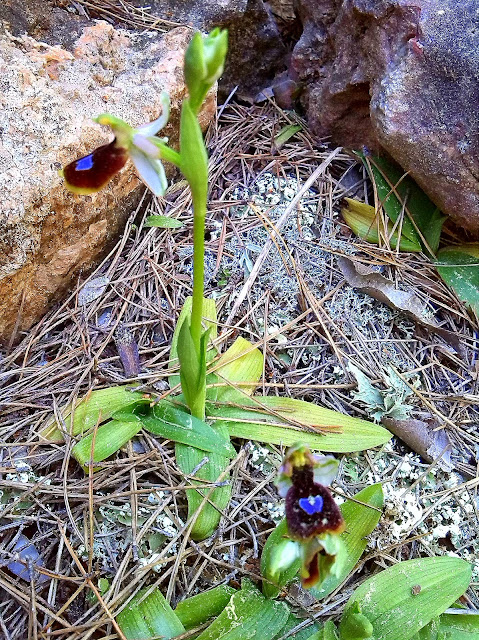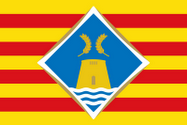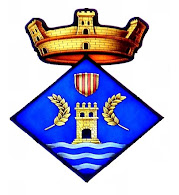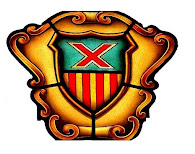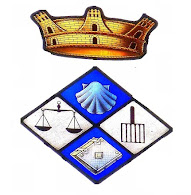SANTA EULALIA DEL RÍO
Santa Eulalia is the second most important city after the capital of the island and where the main square is located the town hall, built in ibicencan style and very close to the promenade in front of the sea with their nice gardens.
The promenade of this village, is one of the most joyful and beautiful of the island. And this could be also due the beaches that surround it, its marina and even the mouth of the river, the only one that exists off the mainland of Spain, all of this, makes this place something special..
Santa Eulalia was the first town on the island to dedicated a monument to the countryside women. Nowadays, still are some of them working at the countryside but some decades ago all of them were working the land, or others who were mending fish nets of their fisher husbands.
In the same square where is the monument to payesa, but on the other side we can see a curious barrel, that does not have any history link with the population, except a sinking in the seventeenth century of a boat carried it onboard and that sank in front of the town. This barrel was made in Naples in 1650 and is decorated with the arms of Philip IV of Spain.
Other of the historic buildings of Santa Eulalia is your theater called Teatro España. There were only two theaters on the island, the Pereyra theater can still be seen the old façade today in the capital city of Ibiza, and this one at the above image, Teatro España.
We continue walking along the promenade of the town, where water sources are confused with the water of the Mediterranean Sea .... Not far from where the river has its mouth, so the water in this city is very important.
Walking through this ride can enjoy the buildings that exist right front of the sea, and the bars, restaurants, and entertainment places, that exist in the low of these buildings, we find here a pleasant surprise ...
...like this waterwheel in Ibiza, there were a lot in the island but nowadays are dwindling, and remind us of ancestral forms of irrigated fields of the island. Here still survives, pretty neat and contrasts with the modernity of the surrounding buildings.
But one of the most important and popular places of the Santa Eulalia Town is for its "Puig de Missa" (Mass Mount), and is crowned by the main church of the town. As we ascend some nice views of the river liven up the walk, watching irrigated fields near the old river.
In Ibiza there are two "Puig de Missa" the Santa Eulalia is perhaps the best known and the other is in the town of San Miguel. In both cases the temples were ancient fortifications to repel the dangers that lurked on the island from attacks by pirates or other criminals and that is easily visible by towers and defensive walls.
Before reaching the temple we went through a few narrow streets where today are what they were small white houses yesterday and were very old village houses next to the church.
Formerly the houses that were built in town, were made near churches by the need to take refuge in them, in case of invasion.
The tower behind the temple show the defensive nature that he had at other times the church of Santa Eulalia. The name Santa Eulalia is in relation to this population since 1276 although this temple was built in 1560, replacing an earlier temple destroyed by a Turkish attack was destroyed in the year 1543, which was also dedicated to Santa Eulalia a Saint who lived in Barcelona.
This temple was built on same time that the walls in the city of Ibiza, and artillery was ready to use in case of combat. The bastion at the back of the church is visible in the image below, this bastion was well equipped with guns and ready to defended the zone of the mouth of the river and some old mills that existed then. With the exception of this bastion the rest of the temple is in white lime following the precepts of the religious temples of the island.

